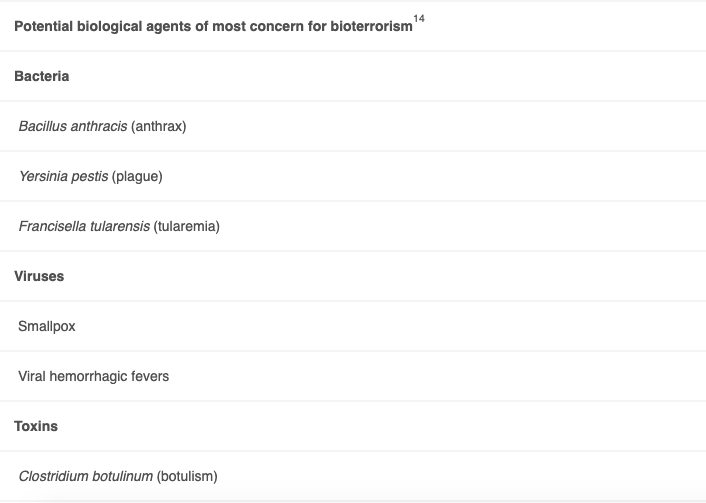What are the viruses that could lead to new pandemics?

Scientists are monitoring pathogens responsible for viruses that could potentially trigger new pandemics, but the main problem remains another. Here's what we read in a study published in Molecular Therapy
The pandemic caused by Covid-19 has shown how unprepared the world was to deal with such a situation and for this reason scientists are monitoring which other already existing pathogens could cause new epidemics. Hoping, this time, to prevent them in time.
THE RETURN OF THE AVIARY
As Start wrote, avian flu has returned to concern after the first outbreak in Israel was identified last October, in an area where tens of millions of migratory birds travel from Europe and Asia to the country every year. 'Africa.
But while there is no reason to be alarmed as the risks of bird-to-human transmission and outbreaks are still low, the possibility that an existing virus or mutation could cause a new pandemic is not entirely abstract.
Supporting this theory is a study published in Molecular Therapy .
I STUDY
According to the study published last March, the possibility that new viruses (including novel coronaviruses) could threaten global health is real , but researchers have focused on a number of existing pathogens that could lead to widespread epidemics.
VIRUSES (AND OTHER THREATS)
Most of the pathogens scientists are keeping an eye on are viruses, particularly belonging to the hemorrhagic fever group (including Ebola, hantavirus, Lassa fever), flavivirus (dengue, zika, yellow fever) and coronavirus (MERS). and new covid filaments).

But potentially even more concerning are the pathogens that could cause pandemics due to their drug resistance, such as tuberculosis and staph, which are already widespread in many parts of the world.

And finally, it is not even excluded that future pandemics may be caused by bioterrorism, using agents such as anthrax or smallpox.

INEQUALITIES
But what the study wants to underline, in addition to the viruses to be monitored, is that although the Covid-19 pandemic has been ongoing for more than two years, global health equity has not yet received enough attention, as shown by the consistent differences between High-income countries and low- and middle-income countries in access to vaccines, but also in diagnosis and other treatments.
This, the study continues, has led to a greater number of deaths, the development of more infectious variants – such as Delta and Omicron – which significantly prolonged the pandemic and travel bans with xenophobic effects.
But the same inequalities also occurred in historically disadvantaged and minority populations of high-income countries. For example, in the United States, at the onset of the pandemic, Hispanic or Latino, black and Native American communities recorded death rates more than double that of non-Hispanic white populations.
In particular, the study notes, these inequalities have not spared children, especially when it comes to mortality. At the start of the pandemic, the children of these communities, who represent 41% of the population, suffered 75% of childhood deaths from Covid-19.
WHAT TO DO TO PREVENT THE NEXT PANDEMICS
Finally, the study proposes ten steps for public health institutions at subnational, national, regional and global levels to prevent and control pandemics by promoting global health equity:
- Fund a center ready to support the prevention and control of pandemics at the population level;
- Ensure high-level participation of low- and middle-income countries in pandemic center operations;
- Prioritize vulnerability in response times, data collection and resource allocation;
- Encourage the sharing of vaccine and drug patents and low-cost manufacturing;
- Communicate effectively with the public and fight disinformation in advance;
- Identify and eliminate racism and discrimination in the response to the pandemic;
- Establish rapid response pathways to address public concerns and channel them into risk communication and policy making;
- Support research and development of low-cost, low-tech vaccines and therapies;
- Support the production of vaccines and therapies in low- and middle-income countries;
- Develop and strengthen the supply chain and health infrastructure in low- and middle-income countries.
This is a machine translation from Italian language of a post published on Start Magazine at the URL https://www.startmag.it/sanita/quali-sono-i-virus-che-potrebbero-portare-nuove-pandemie/ on Sat, 14 May 2022 06:25:20 +0000.
